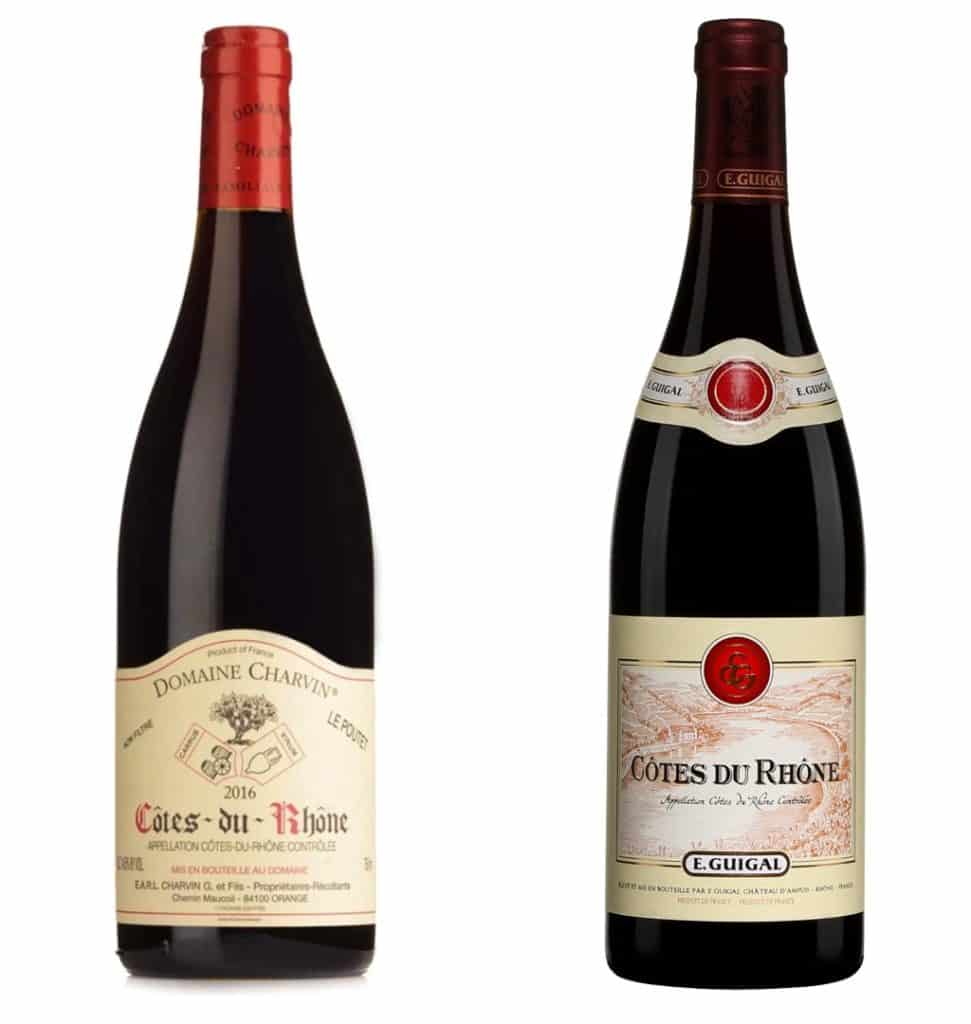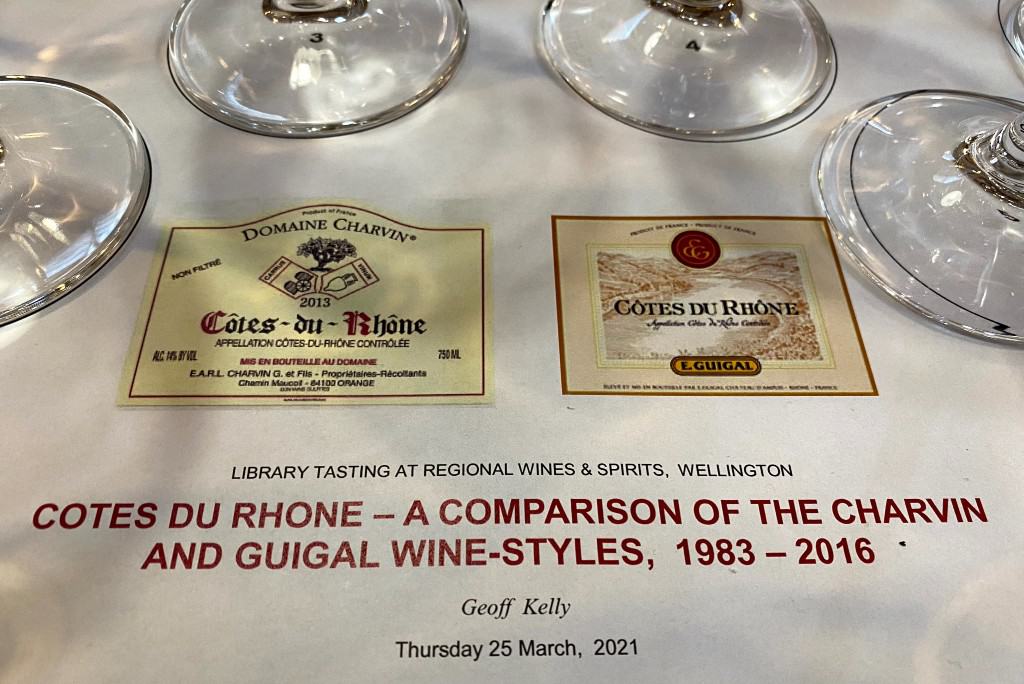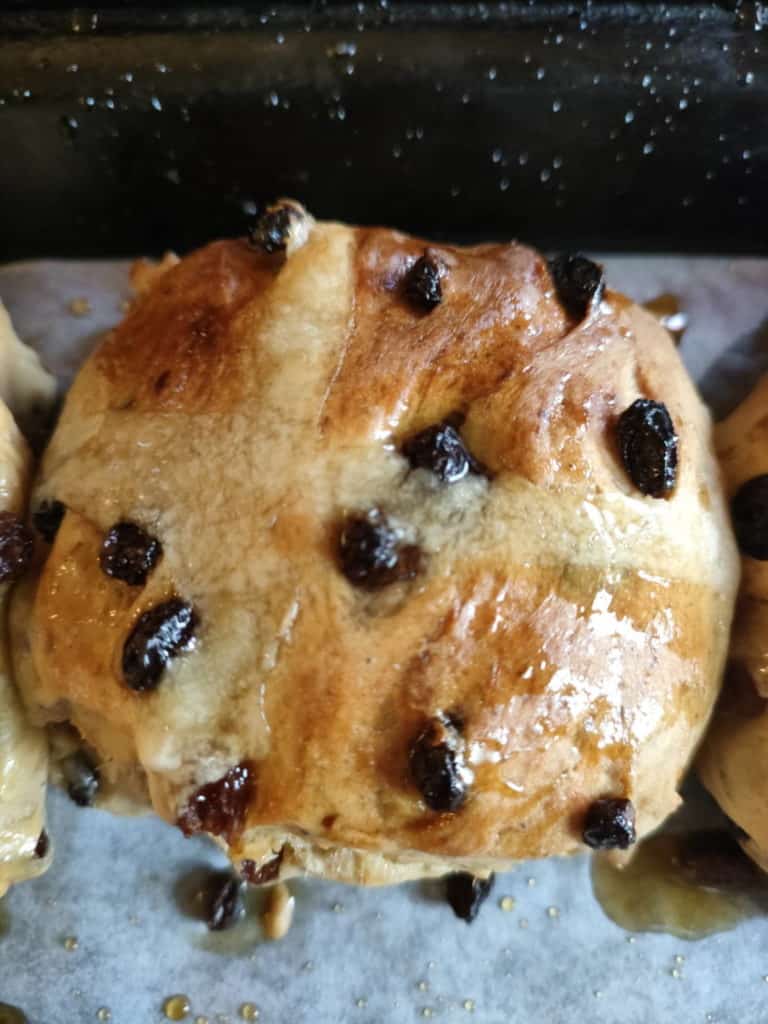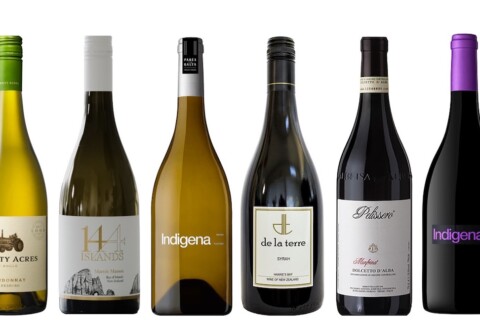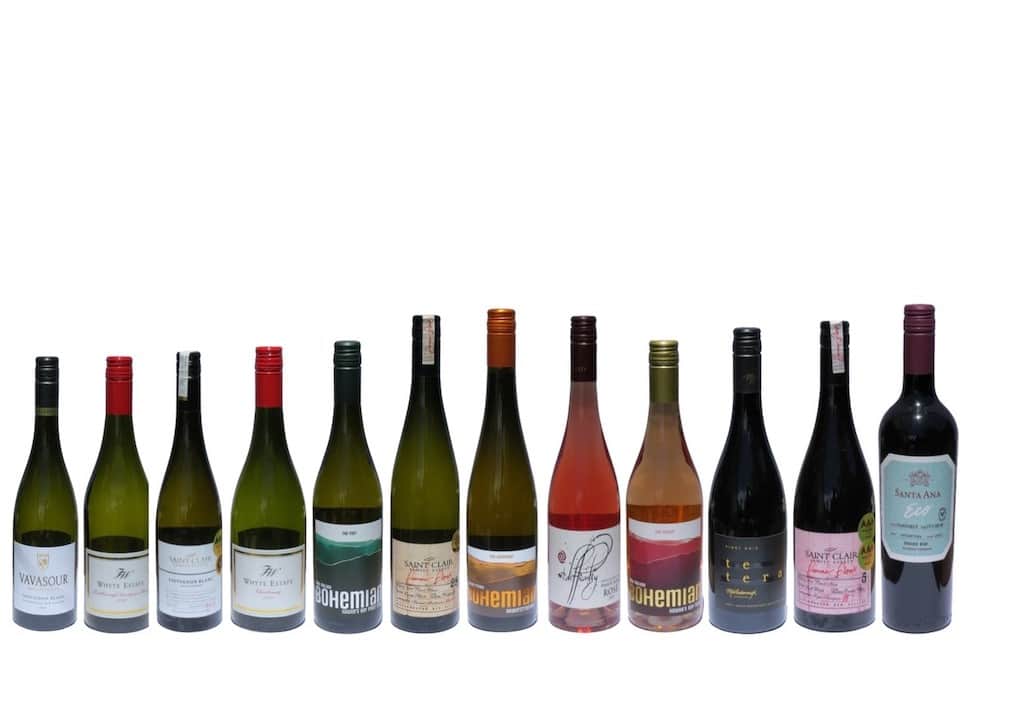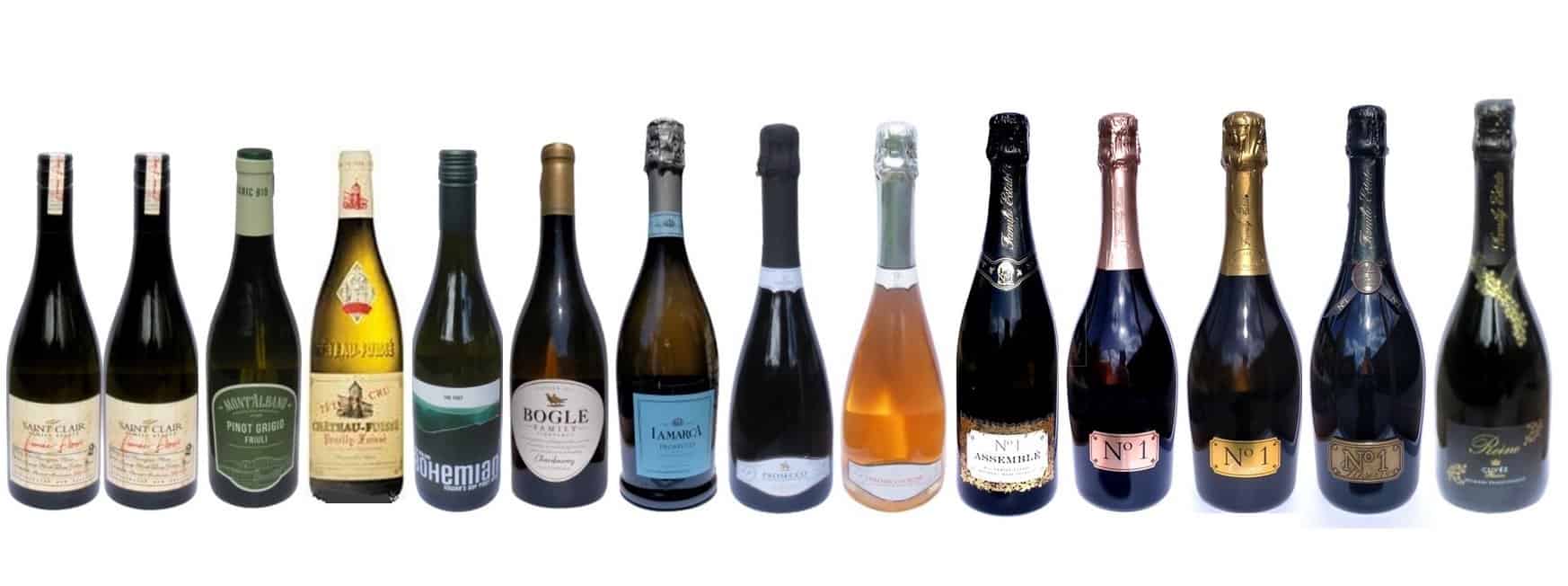PETER GRIFFIN attends one of Geoff Kelly’s legendary library tastings and comes away with a renewed appreciation for affordable Rhône Valley reds.
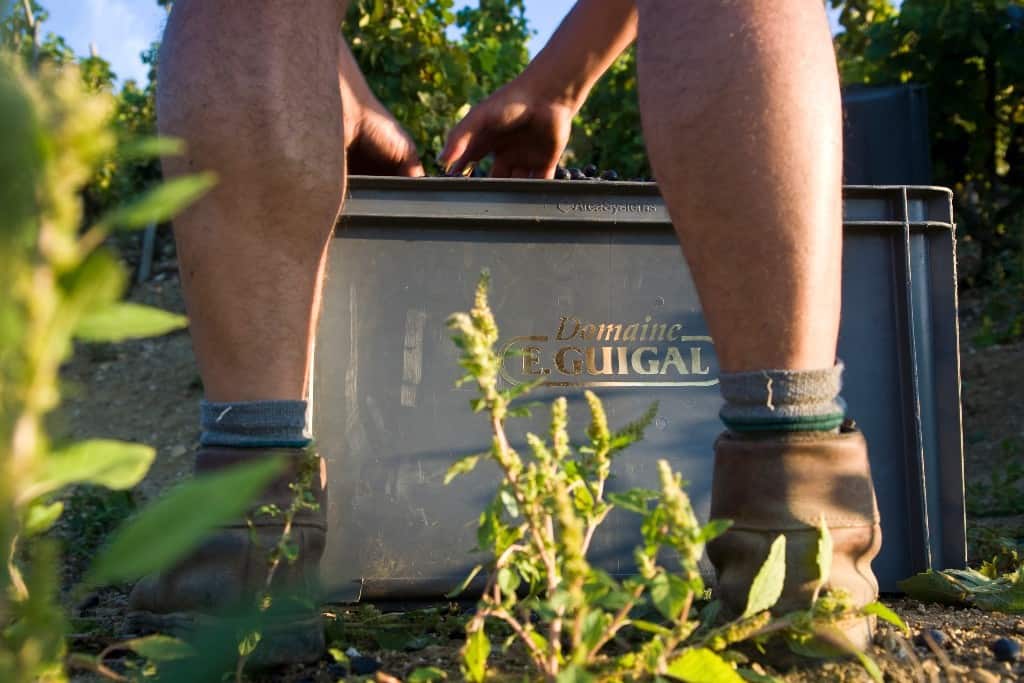 Geoff Kelly is a generous man. The veteran Wellington wine taster, critic and consultant has a large collection of wines, personally bought and carefully stored over 50 years or more.
Geoff Kelly is a generous man. The veteran Wellington wine taster, critic and consultant has a large collection of wines, personally bought and carefully stored over 50 years or more.
In intimate tastings held in the loft above Regional Wines, he allows us into his world of aged wine, drawing a dozen or so bottles from his cellar at a time to share among 20 or so paying guests.
Would you like to support our mission to bring intelligence, insight and great writing to entertainment journalism? Help to pay for the coffee that keeps our brains working and fingers typing just for you. Witchdoctor, entertainment for grownups. Your one-off (or monthly) $5 or $10 donation will support Witchdoctor.co.nz. and help us keep producing quality content. It’s really easy to donate, just click the ‘Become a supporter’ button below.
A couple of years ago I tasted the oldest wines I’ve ever drunk when Kelly presented us with examples of South Australian reds dating back to the late 1960s, before the Barossa wine industry we know today really existed. It was an incredible experience. Some of the wines gave just a hint of their former fruity glory, others held their structure but with a deep earthy nose and sherry-coloured appearance that indicated their long hibernation.
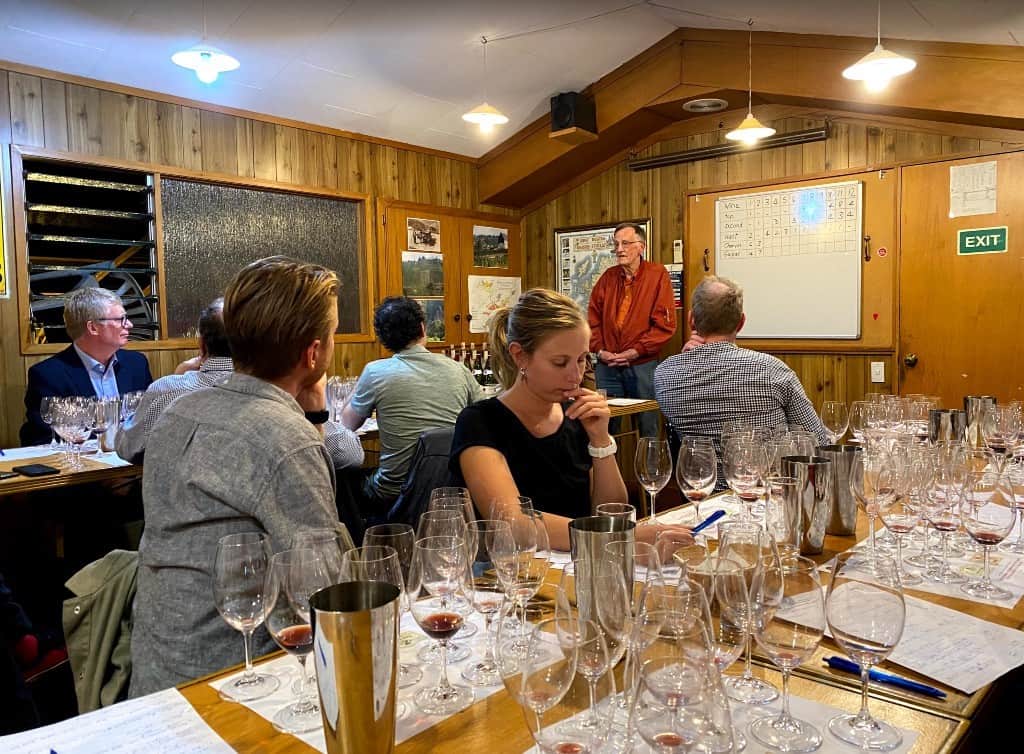 They didn’t all taste great; some had cork taint after so long, but I felt like I was tasting history and it gave me an appreciation for sampling wine from a simpler, less commercial era.
They didn’t all taste great; some had cork taint after so long, but I felt like I was tasting history and it gave me an appreciation for sampling wine from a simpler, less commercial era.
I kicked myself in November when I had to opt-out of a 2000 Bordeaux comparison in favour of attending a last-minute meeting in Covid-ravaged Auckland. My replacement squealed with glee at taking my ticket and raved about the 20-year-old Saint Emilion, Margaux and Pauillac examples Kelly dusted off for the occasion.
So it was with satisfaction that I rode my bike alongside the rush hour Wellington traffic on a warm Autumn night last week to attend Kelly’s latest tasting.
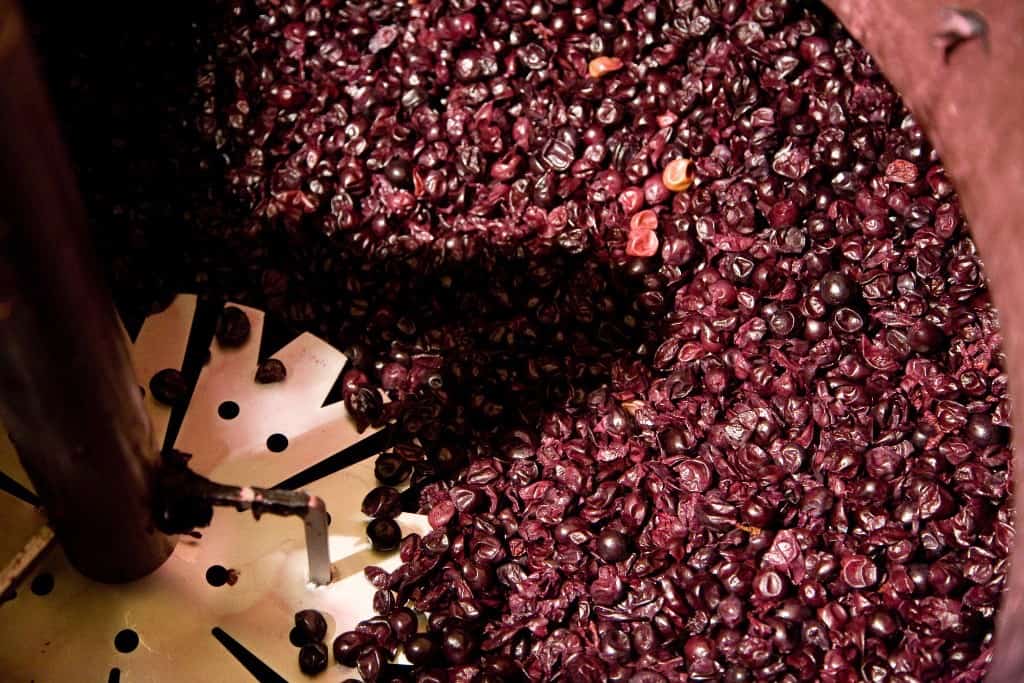 Côtes du Rhône library tasting
Côtes du Rhône library tasting
This one allowed us to compare bottles from two highly-regarded producers from the Rhône Valley – Guigal and Charvin in a blind tasting. Kelly covers the bottles and reveals their origin only at the end. We sit quietly and taste, so as not to influence anyone else.
I buy a fair amount of Guigal Côtes du Rhône. It’s cheap (you can pick up a 2016 vintage bottle for $22 – $24), excellent young and paired with food and even better with a few years in the bottle. You will pay a lot more for Burgundy or Bordeaux and there are plenty of Châteauneuf-du-Pape that sell for much more too.
But Côtes du Rhône is, as British wine critic Jancis Robinson put it in 2012, “one of the best-value appellations in the world”.
Domaine E. Guigal, founded in 1946 and based in Ampuis, a village at the heart of the Côte-Rôtie appellation, is a massive producer. According to Kelly’s tasting notes, 375,000 cases of Guigal Côtes du Rhône were produced in 2017.
Domaine Charvin, based in the north of Châteauneuf-du-Pape and founded in 1851, I’m less familiar with and it is a minnow compared to Guigal, with around 3,000 cases of Charvin Côtes du Rhône produced each year. Nevertheless, it is accessible to us – Regional is selling the 2017 vintage for $33.
Kelly’s library tasting featured 12 wines, nine Guigal and three Charvin, two bottles each from the ’80s and ’90s, with the last 20 years well represented by the others, including two from the excellent 2016 Rhône Valley vintage.
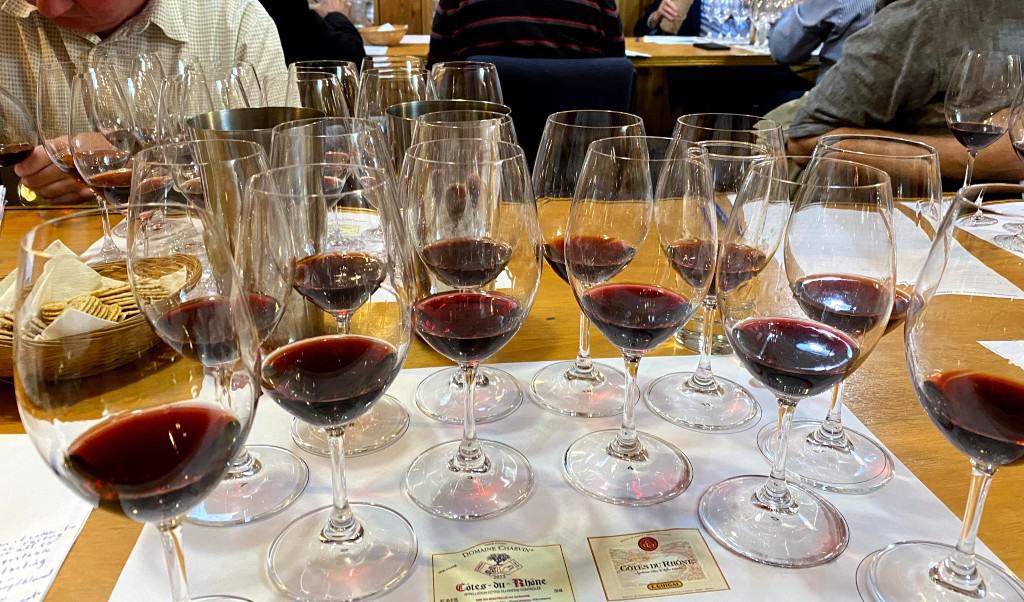 Different approaches, delicious results
Different approaches, delicious results
What makes these two wines interesting to compare is how their approach to winemaking differs greatly. Guigal’s Côtes du Rhône is Syrah dominant (50 – 55%), Grenache (35%), then Mourvedre making up the rest. That has shifted over the years, with the 1980s vintages grenache dominant. Guigal wine is raised in a mix of stainless steel vats and 5,000-litre oak foudres for a lengthy period, at least three years. The foudres give the wine some exposure to oak, but it is not woody as if it was matured in regular-sized barrels. The wine is then carefully blended to achieve the desired result.
Charvin, on the other hand, doesn’t use oak for its Côtes du Rhône, which isn’t unusual in the region. Its wine sits exclusively in concrete for 16 – 18 months. It is also grenache dominant (81%) with Syrah, Mourvedre and minor varietals like Carignan making up the balance. Another significant difference – Charvin uses a “dominant proportion” of whole bunches of grapes, while Guigal de-stems the grapes with “little or no whole bunches” according to Kelly.
This is an important distinction that I’m still getting my head around. Use of whole bunches is a more traditional approach most common for making Burgundy Pinot Noir. Allowing the wine to ferment in bunches with their stems still attached has a notable influence on the taste of the wine.
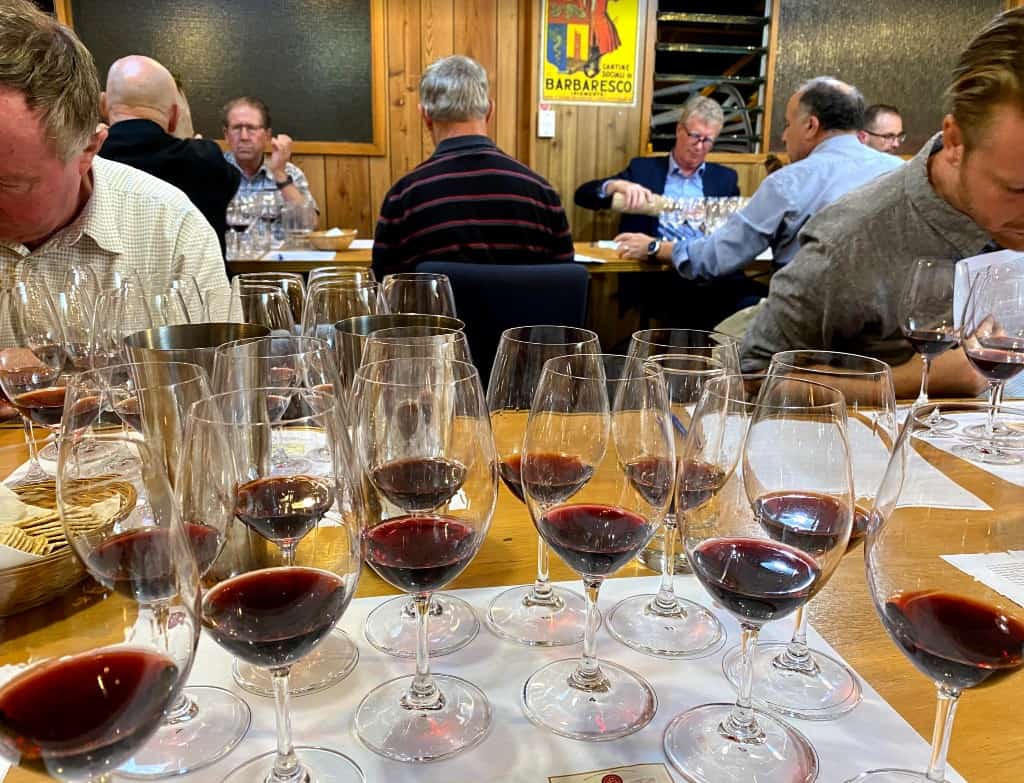 As Wine Enthusiast puts it: “Whole-bunch ferments result in an aromatic headiness that often comes across as floral, herbal, spicy and scented. This can be polarizing. Some people find these qualities attractive, others are put off by it.”
As Wine Enthusiast puts it: “Whole-bunch ferments result in an aromatic headiness that often comes across as floral, herbal, spicy and scented. This can be polarizing. Some people find these qualities attractive, others are put off by it.”
Syrah and Grenache, the Rhone Valley’s two most commonly grown grape varietals, were seemingly made to be blended together. I love 100% Grenache wines and 100% Syrah, but mixing them together can achieve spectacular results. What is the difference between the two? Wine-searcher describes Grenache as “supple” and Syrah as “structured”.
When you put them together, “Grenache contributes its classic bright, stewed-strawberry and raspberry flavours; juicy, plush palate and high potential alcohol. Syrah, the ‘darker’ variety of the pair, provides structure (both tannin and acidity) and spice, with notes of blueberry, liquorice and the occasional gamey note.”
That’s why tasting these blends can be slightly bewildering. You get all sorts of taste signals originating from the different grape varieties and molded according to the winemaking techniques. Don’t even get me started on the influence of the age of the vines the grapes came from. For the record, Kelly told us that Guigal’s average vine age is 35 years, Charvin’s grenache vines average 45 years.
So you have two wines from the same region, featuring varying blends of some of my favourite varietals – Syrah and Grenache, with very different winemaking approaches. Keeping in mind that we had an over-representation of Guigial, how did they compare?
Looking through my tasting notes, it’s fair to say that the Charvins (2005, 2010 and 2016) shared the same characteristics. They are fresh, dark, brimming with raspberries, plums and cherries, with liquorice, herbal and peppery notes. These are smooth but robust wines, with plenty of structure – presumably propped by the Syrah. If you are looking for a good expression of the fruit and like quite an intense, vibrant wine, you will get it with Charvin.
The Guigal wines, to my palate, benefit from that exposure to oak, with notes of vanilla, leather and tar coming through – exactly what I want in a Syrah-dominant wine. You get the black fruit, but also cherry notes, blue fruit with spice, herbs, and dusty, earthy mouthfeel. The older vintages are still concentrated and fruity, with plenty of savoury flavour to them.
Kelly frontloaded the library blind tasting with the newer wines first and finished with a flourish, presenting the oldest wines, the 1995, 1985 and 1993 Guigals. I love complexity in wines and the nuances that can emerge with age, so the last three were the highlights of the night for me.
As Kelly points out: “It is noteworthy that the price of Guigal Cotes du Rhone has barely changed in the New Zealand market in 20 years… perhaps another reason for moving to Syrah dominance.”
The bottom line
These are not expensive wines – though Guigal and Charvin do have higher-end wines that sell for close to $100. It means that you can buy half a dozen or a case and put the majority away to taste through the years.
The blend of Syrah and Grenache, with a splash of Mourvedre has been a winning combination for hundreds of years. You’ll have to choose for yourself which varietal you prefer to dominate, for me it is Syrah and the Guigal are more to my liking. Kelly seems to be the same.
“I’ve studied Charvin, but I’ve enjoyed Guigal,” he told us.
The revelation for me from the tasting was just how well these wines can age, how bright and fresh the Charvins remain after 10 – 15 years in the bottle, and how consistently good the Guigals have been through the decades, even if Kelly was able to point out the years where the grapes were over-ripe due to a particularly hot summer.
For a $30 tasting, it was a spectacular night, one that reaffirmed my love for affordable Rhône Valley reds. I’ll be picking up Guigals and Charvins for my own cellar. The 2016 and 2018 vintages were exceptional and Kelly also holds the 2010 in high regard – if you can get it. It’s worth getting some of the acclaimed 2016 Guigal vintage while it is still around – at $22, why wouldn’t you?
Geoff Kelly hasn’t posted his tasting notes from the library release yet – but be sure to check them out when they hit his website – he knows these wines incredibly well.
My tasting notes from the blind tasting:
- Charvin Côtes du Rhône 2005 – raspberries on the nose, liquorice, some age on this, jammy, quite drying on tongue, catches in the throat. 6/10
- Guigal Côtes du Rhône 2007 – Dark red, light, smooth, a hint of smoke, aged but still vibrant and fruity. 7/10
- Charvin Côtes du Rhône 2016 – Great nose, violets, caramel. blackberries, smooth, long finish 8/10
- Guigal Côtes du Rhône 2016 – Quite dry, robust tannins, varnish on the nose, good length, intense black fruit. Vanilla and hint of resin. 7/10
- Guigal Côtes du Rhône 2010 – A dank cellar nose. Smooth tannins have relaxed. Showing its age well. Earthy, not too ripe. Aromatic and fresh. [Kelly later told us it was cork impaired, not that I detected it blind]. Still a great Syrah. 8/10
- Charvin Côtes du Rhône 2010 – Jammy intensity, herbaceous, supple tannins, beautiful berry ripeness. 8/10
- Guigal Côtes du Rhône 2009 – Fresh nose, raspberries, sweet and fruity (young?), grippy tannins, smooth. Berry perfume, over ripe? 7/10
- Guigal Côtes du Rhône 2003 – Age! Dusty, intensive, reductive, raisins. Smooth and delicious. 8/10
- Guigal Côtes du Rhône 1998 – Intense red fruit, medium acidity, losing tannin, lots of structure. 7/10
- Guigal Côtes du Rhône 1995 – Elegant, orchard floor notes, long finish, savoury and complex. 9/10
- Guigal Côtes du Rhône 1985 – Aged and complex. Still fruity, but smoky, earthy. Wow! A hint of peppermint. Serious length, great balance. 10/10
- Guigal Côtes du Rhône 1983 – Clearly an old wine, slightly dulled yet jammy, a lovely smoothness to it, like drinking a fine old Burgundy. Tastes like quality. 10/10
Follow me on Vivino – search for Peter Griffin in the app.
Visit Kiwi-founded and world-leading wine database Wine-searcher.com to find the best info and prices for wines.

